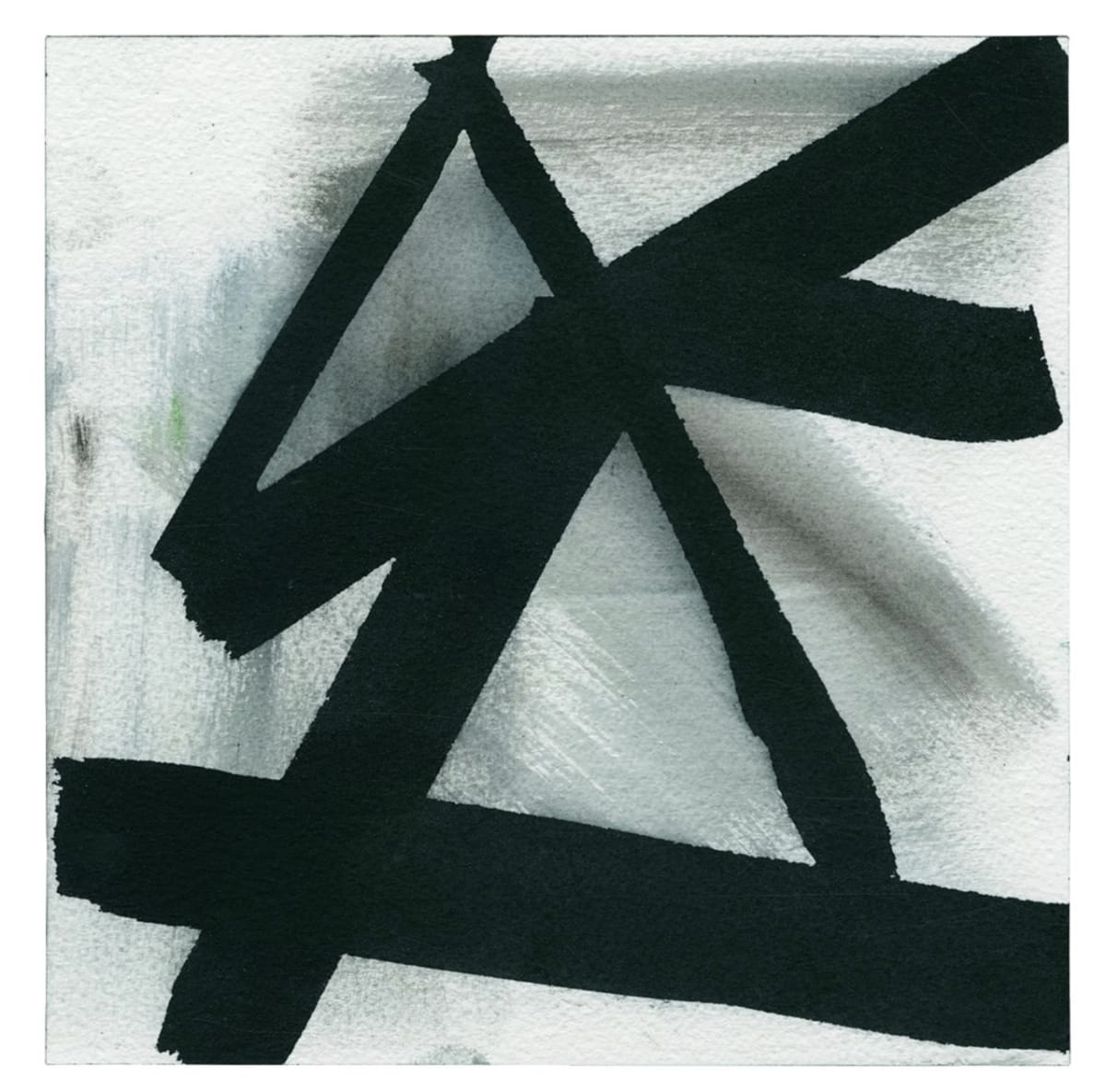Louise Fishman
Archive exhibition
-
OverviewCheim & Read is pleased to announce an exhibition of new paintings and drawings by Louise Fishman. Born in Philadelphia in 1939, Fishman has had two previous exhibitions at this gallery. As Tom Breidenbach writes in the essay that accompanies the exhibition:
"In her latest series of monumental oil paintings Louise Fishman continues to explore a painterly language that's an athletic and idiosyncratic combination of Abstract Expressionist, Minimalist, sculptural and calligraphic tendencies. Up close, her works seem the occasion of a meditation on life from which no impulse is excluded-there's the fervid muck and mess of paint, the vibrantly mottled smears of underpainting revealed by scraping, the slurry and scumble that inspired her as a youthful fan of the expressionist Georges Rouault. From a distance the large paintings in particular seem inhabited by apparitions as mysterious as they are commanding. Fishman inherits from such forbears as Jackson Pollock, Franz Kline, Joan Mitchell and Willem DeKooning a certain high romantic or spiritual seriousness, a radical adherence to the cult of paint that is singularly compelling, a hyper-literal regard for pigment and oil. This embroilment in the materials of her medium, and a gestural language that's at once brash and deft, combine to create poignant and at times haunting visions that speak to the torturous exigencies of our day…
The spectre that Fishman, a New Yorker, engages in her most recent works, all made in the grim and mistrustful aftermath of 9-11, is most specifically that of history. Her touch is mercifully light, the recent carnage being hinted at rather than insisted upon, in the title and date of My City (2002), for example, and less obliquely in The Two Powers (2002), a pun on the colloquial name for the now destroyed World Trade Center that also recalls the place occupied by the figure of the tower in archetype and legend, whether in Tolkien, the Tarot or the Pentateuch. In this work the towers seem partly to emerge from her nigh signature rumpled grid. Fishman mentions that after she met Agnes Martin she had a realization that the "grid is meditation," a formal device for spiritual exercise, a sort of graph for the charting of improvisation, portal to the chaos or "noise" that in tribal and jazz music is the source of inspiration. Given their own grid-like nature, the buildings seem especially to lend themselves, ghosts though they may be, to her contemplation. If she engages their legacy fervently, it's with neither hysteria nor sentimentality. Here the structures might be seen as either coming apart, as on that terrible day, or being reassembled, as if in a dream, being raised to a metaphor less facile than vengeance or pride. It's as if the artist were driving at an apprehension of that watershed event more fundamental than the backwash of sleazy jingoism and puerile moralizing we're mired in." -
Publications
-
News
No news items are available relating to this exhibition.
-
Artists


